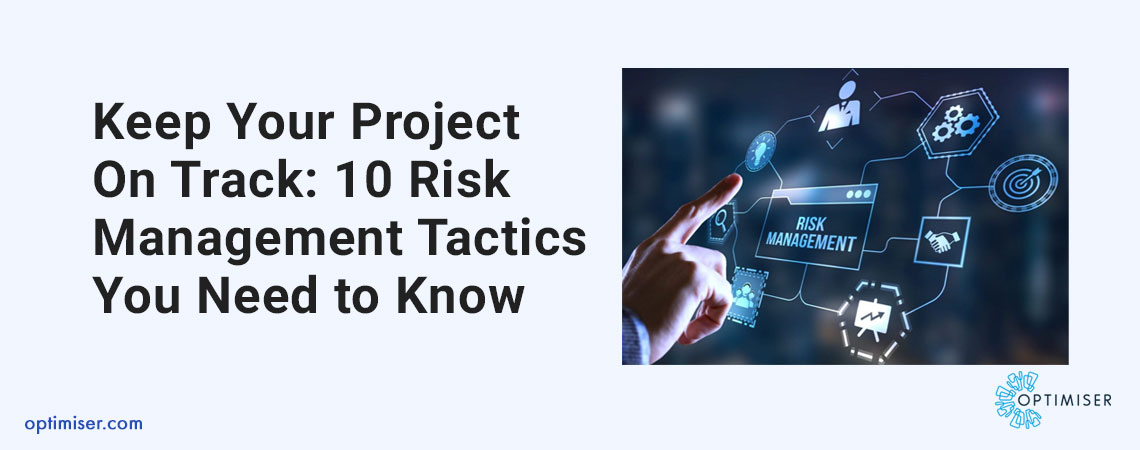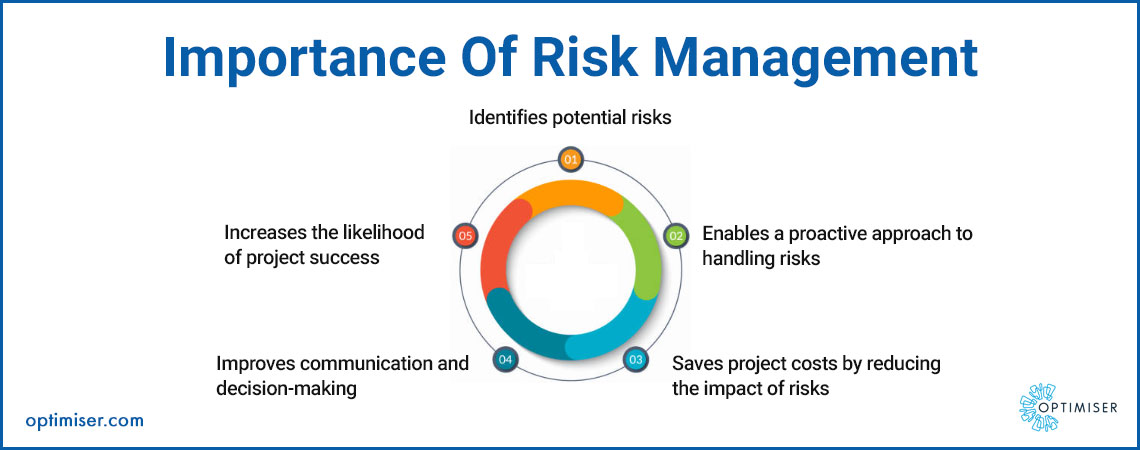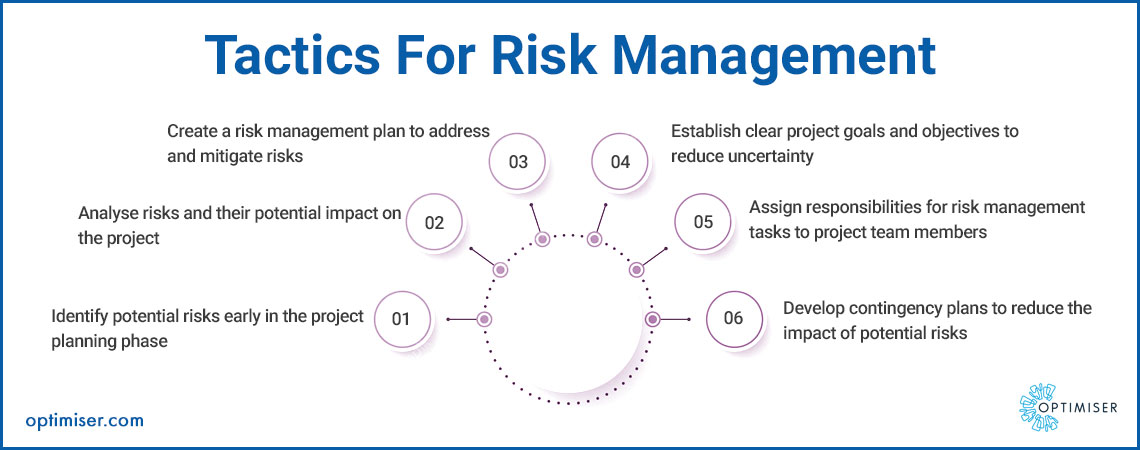
Keep Your Project On Track: 10 Risk Management Tactics You Need to Know
The process of identifying, assessing, and responding to potential risks that may impact the success of a project is known as Project Risk Management. It involves a systematic approach to identifying potential risks, analysing their likelihood and impact, and developing strategies to mitigate or avoid them. Many businesses adopt project tracking tools software to plan their risk management strategies.
Effective risk management helps project managers to anticipate and manage potential problems before they occur, allowing them to complete projects on time, within budget, and to the required quality standards. By understanding the potential risks associated with a project, project managers can take proactive steps to minimise the likelihood of those risks occurring or minimise their impact if they do occur.
The process of risk management typically includes the following steps: risk identification, risk assessment, risk response planning, and risk monitoring and control. By following these steps, project managers can create a comprehensive risk management plan that helps ensure project success.
Benefits Of Project Risk Management
Risk management in project management provides numerous benefits to organisations. Effective risk management can lead to better decision-making, improved project outcomes, increased stakeholder satisfaction, reduced project costs, improved communication, better project planning, and increased organisational resilience.
It helps project managers to prioritise tasks, focus on critical areas, and identify potential risks early on. By developing a comprehensive risk management plan, project managers can ensure that project planning is thorough and complete, leading to better project outcomes.
Effective risk management also requires open communication among team members, stakeholders, and project managers. Organisations can become more resilient to unexpected events by identifying potential risks and developing strategies to mitigate or avoid them.

10 Risk Management Tactics You Need to Know
- Conduct a thorough risk assessment: The first step in reducing project risk is to conduct a comprehensive risk assessment. This involves identifying potential risks, assessing their likelihood and impact, and prioritising them based on their level of severity. A well-conducted risk assessment done through project management software CRM will help project managers to focus on the most significant risks and develop effective strategies to mitigate or avoid them.
- Develop a risk management plan: Once the risks have been identified, project managers should develop a risk management plan that outlines the actions that will be taken to mitigate or avoid them. The risk management plan should include a clear definition of roles and responsibilities, as well as contingency plans to deal with unexpected events.
- Maintain open communication: Effective communication is critical in reducing project risk. Project managers should ensure that all team members are aware of potential risks, and they should encourage team members to communicate any concerns they have. Open communication can help identify risks early on and allow for quick action to be taken to mitigate them.
- Involve stakeholders: Project stakeholders can provide valuable insights and feedback that can help to reduce project risk. By involving stakeholders in the risk management process, project managers can ensure that their concerns are addressed and that their expectations are managed.
- Set realistic project goals: Unrealistic project goals can increase the risk of project failure. Project managers should ensure that project goals are realistic and achievable, based on available resources and project constraints. Setting realistic goals will help to ensure that the project stays on track and that risks are minimised.
- Implement quality control measures: Quality control measures can help to identify and mitigate risks early on in the project. Project managers should implement quality control measures throughout the project, including regular reviews of project deliverables and testing of software and hardware components.
- Monitor project progress: Project managers should monitor project progress regularly to identify potential risks and take action to mitigate them. Regular project progress reports can help to identify issues early on and allow for quick action to be taken to address them.
- Develop contingency plans: Even the best-planned projects can experience unexpected events that could affect project success. Project managers should develop contingency plans to deal with unexpected events, such as changes in project scope or unexpected delays and use a management solution to track the progress of the projects.
- Ensure adequate resources: Adequate resources, including personnel, equipment, and funding, are essential in reducing project risk. Project managers should ensure that resources are allocated appropriately to minimise the risk of project delays or failures.
- Review and evaluate: Finally, project managers should review and evaluate the project after completion to identify lessons learned and areas for improvement. This will help to identify potential risks that were not identified during the project and develop strategies to mitigate those risks in future projects.

Also Read: Bridging Organisational Gaps With CRM Project Management: Strategies For Success
Optimiser CRM’s Project Management Suite
Optimiser's Project Management Suite is a comprehensive tool designed to assist project managers in achieving project growth and success. The suite offers various features that help in project planning, resource allocation, scheduling, risk management, and collaboration.
It can help project managers to identify potential risks early on in the project and develop strategies to mitigate them, leading to better project outcomes. The suite also helps in better communication among team members, stakeholders, and project managers, which is essential for project success.
Additionally, it can help organisations to become more resilient to unexpected events by identifying potential risks and developing strategies to mitigate or avoid them.
Summary
Reducing project risk requires a comprehensive approach that includes a thorough risk assessment, open communication, stakeholder involvement, realistic project goals, quality control measures, project progress monitoring, contingency planning, adequate resource allocation, and project evaluation. By implementing these ten brilliant tactics, project managers can minimise the risk of project delays or failures and ensure successful project outcomes.

30 days free trial. No credit card required
 One powerful platform
One powerful platform
 Simple to use
Simple to use
 Comprehensive
Comprehensive



